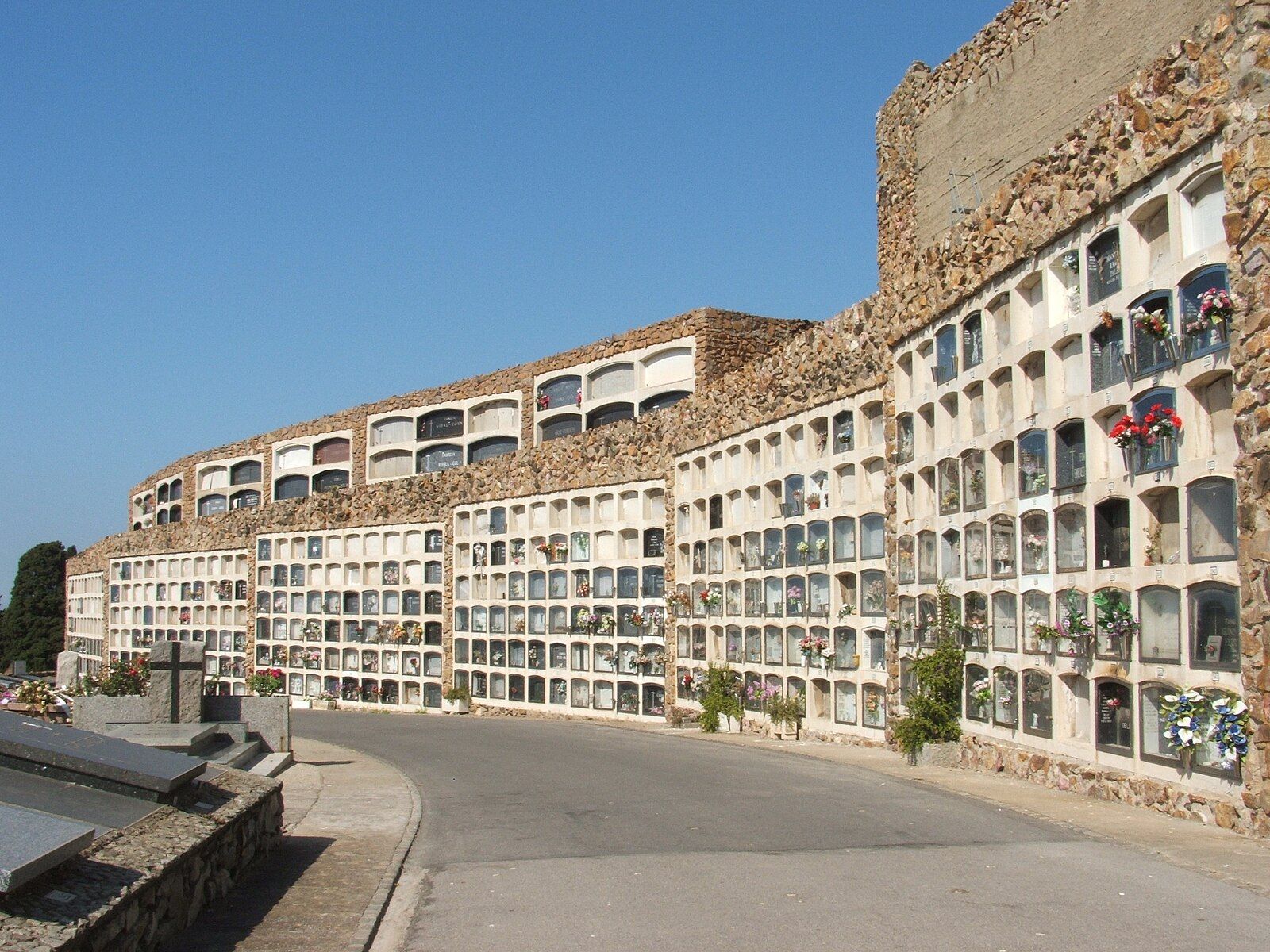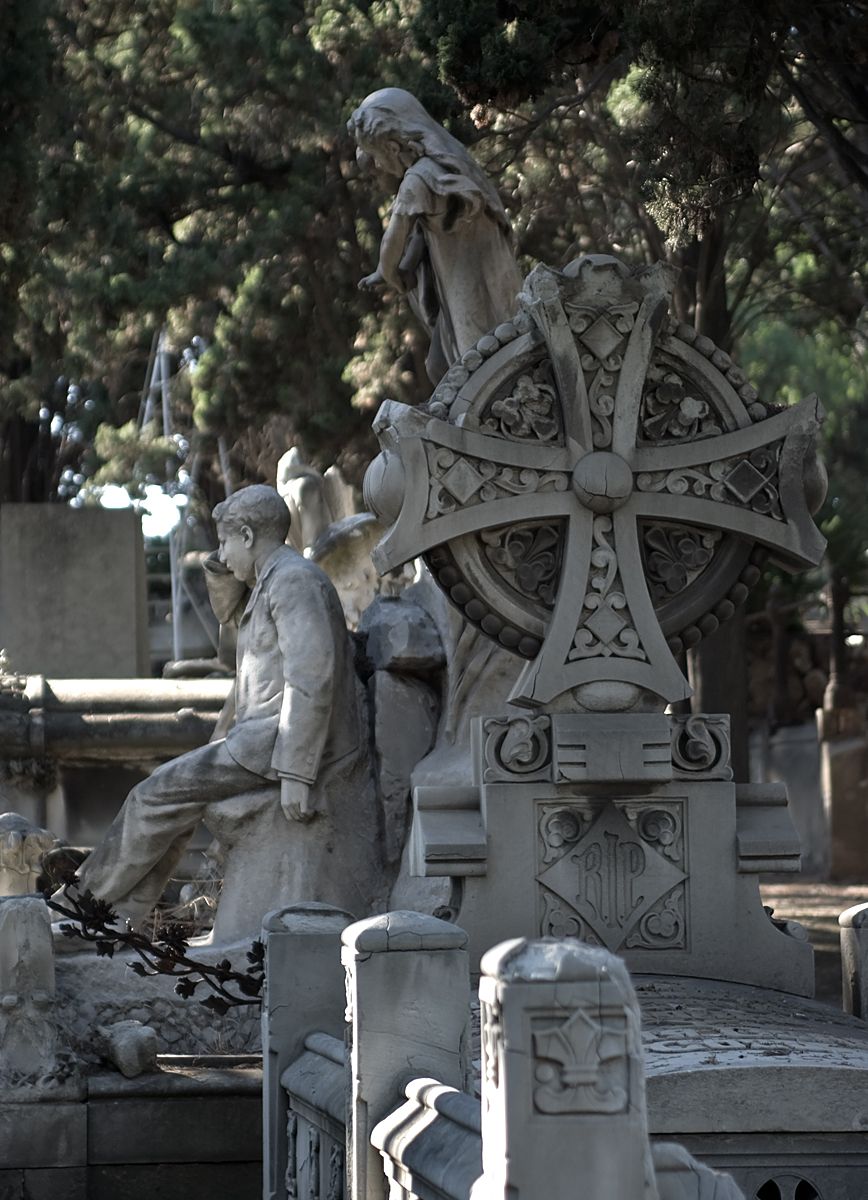Explore the Beauty and History of Cementiri de Montjuïc
A tranquil place with great cemetery architecture.
Nestled atop the scenic Montjuïc Hill in Barcelona, Spain, lies a place where history, art, and tranquility converge. Cementiri de Montjuïc, or Montjuïc Cemetery, is not your ordinary burial ground; it's a place of immense cultural and historical significance. If you are looking for a tranquil place in Barcelona, and at the same time exploring the city's rich history, why not consider heading to the Montjuïc Cemetery?

A Historical Tapestry
Located on a little hill in Barcelona, Cementiri de Montjuïc is a testament to the city's rich history. Established in 1883, the cemetery is the biggest cemetery in Barcelona, and it holds the remains of notable personalities, artists, and dignitaries who have played pivotal roles in shaping the city. From politicians to musicians, writers to architects, the cemetery offers a glimpse into Barcelona's illustrious past.

One of the most iconic sections within the cemetery is the "Panteón de los Catalanes Ilustres" (Pantheon of Illustrious Catalans). Here, you'll find the final resting places of eminent figures such as Lluís Companys, the former president of Catalonia, and Joan Miró, the world-renowned surrealist artist. It's a place where art and history intertwine, making it a fascinating spot for those interested in Catalonia's cultural heritage.
Architectural and Artistic Marvels
As you wander through the cemetery, you will also notice the many different ways in which remains are laid to rest in Spain. From neo-Gothic styled graveyards to modernist and neoclassical, you will see a diverse range of artistic gravestones and architectural monuments that commemorate the deceased. Encounter elaborate tombstones adorned with intricate carvings and statues that tell the stories of the departed. Each piece is a work of art in itself, and together they create a unique outdoor museum of funerary art.

One of the standout features is the monumental staircase leading to the cemetery's main entrance. Designed by architect Lluís Domènech i Montaner, it's a striking example of modernism and offers panoramic views of Barcelona and the Mediterranean Sea. The cemetery's structures, including mausoleums and chapels, showcase the evolution of architectural styles over the decades.
A Place of Serenity
Despite its historical and artistic significance, Cementiri de Montjuïc is a peaceful and serene spot away from the bustling city streets. The well-maintained gardens, shady trees, and tranquil atmosphere make it an ideal place for a leisurely stroll, meditation, or simply finding respite from the urban chaos.
Exploring the Cemetery
You can easily spend up to 3 hours to explore the entire cemetery grounds. Remember to head up to the highest point of the cemetery to see the crematorium for Romans!
Guided tours are available on the second and fourth Sundays every month, in Catalan and Spanish. However, if you are visiting on another day, or you can't speak the language, you can also choose to drop by the cemetery office at the entrance to get a route plan and go on a self-guided tour.
Getting to Cementiri de Montjuïc
Cementiri de Montjuïc is located on Montjuïc Hill, and can be accessed from the city center by public transportation or taxi. You can take a bus out from the southern end of Las Ramblas to the foot of the cemetery, and change to another bus that takes you up to the top. The hill up to the cemetery is really steep, so taking a bus is recommended — but you could choose to walk up the hill if you'd prefer.
Opening Hours and Entrance Fees
The cemetery is generally open daily from 8am to 6pm. Entrance to the cemetery is free.